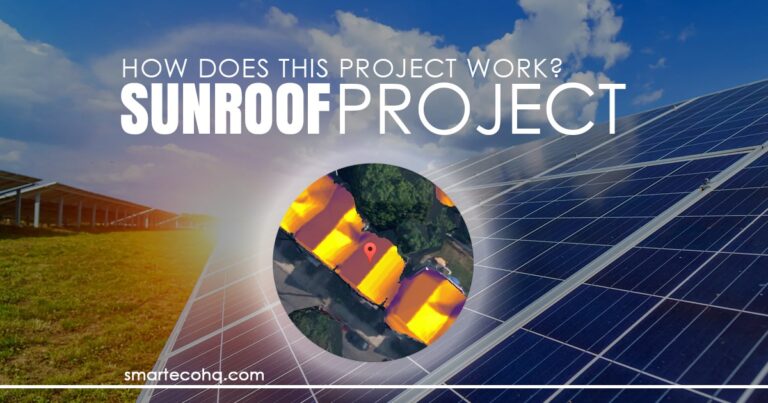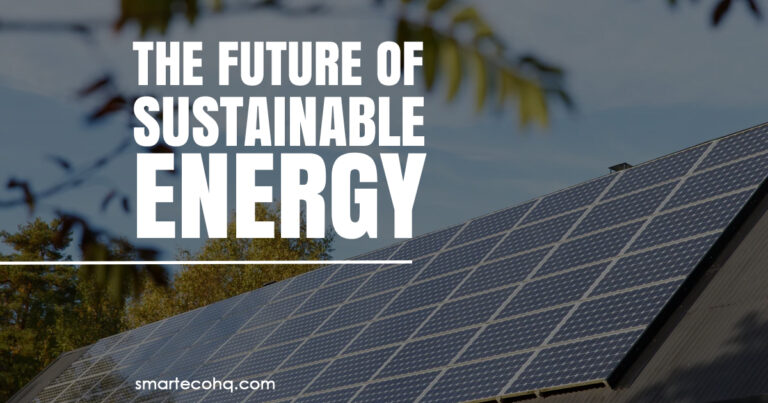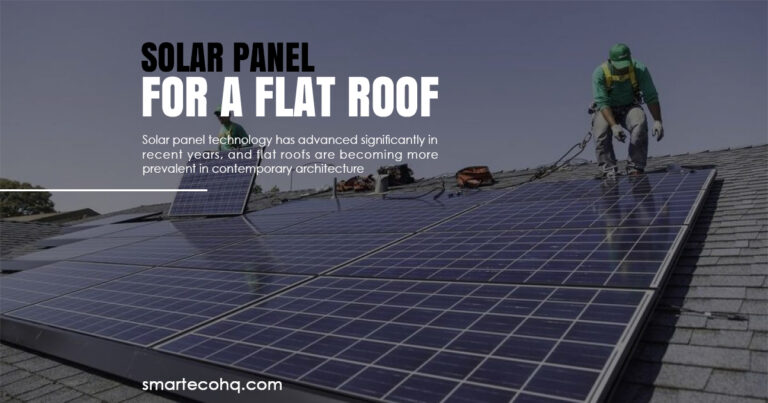How Does a Green Roof Work?
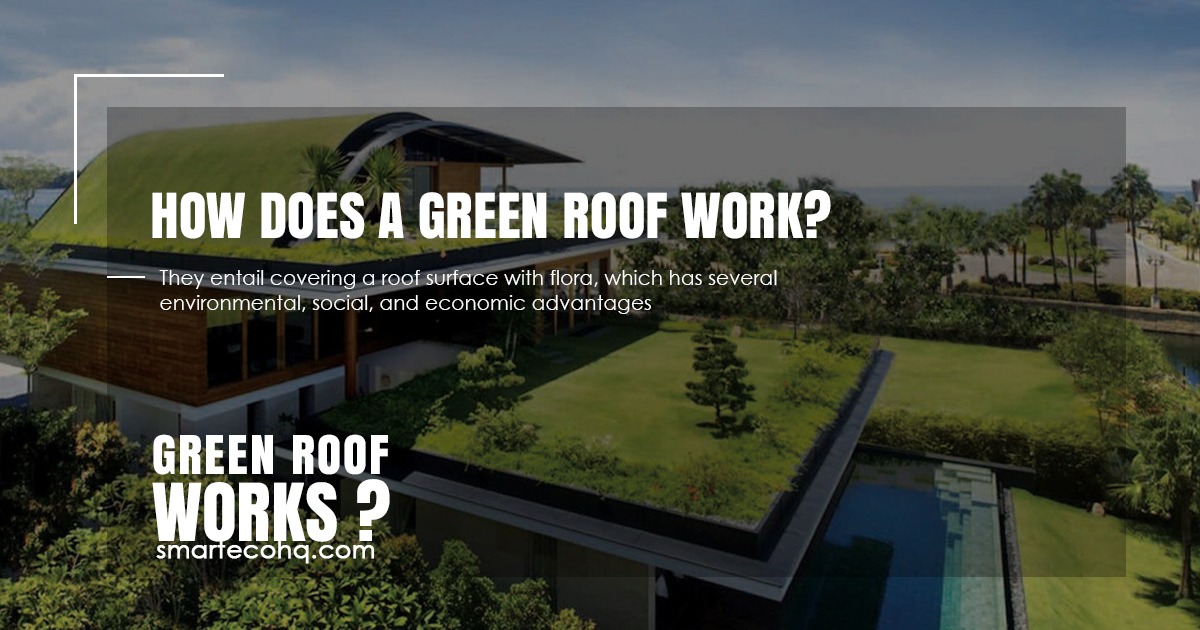
Discover the magic of green roofs! Learn how they work and transform your environment. Click now to explore the wonders of a green roof.
What is a Green Roof?
A green roof is a multi-layered roofing structure made up of numerous components. Examples are a waterproofing membrane, a root hurdle, a drainage layer, a growing medium, and vegetation. The vegetation can take the form of turf, grass, or native flora. Depending on the depth of the growth medium and the type of vegetation employed, green roofs can be potentially intensive or extensive.
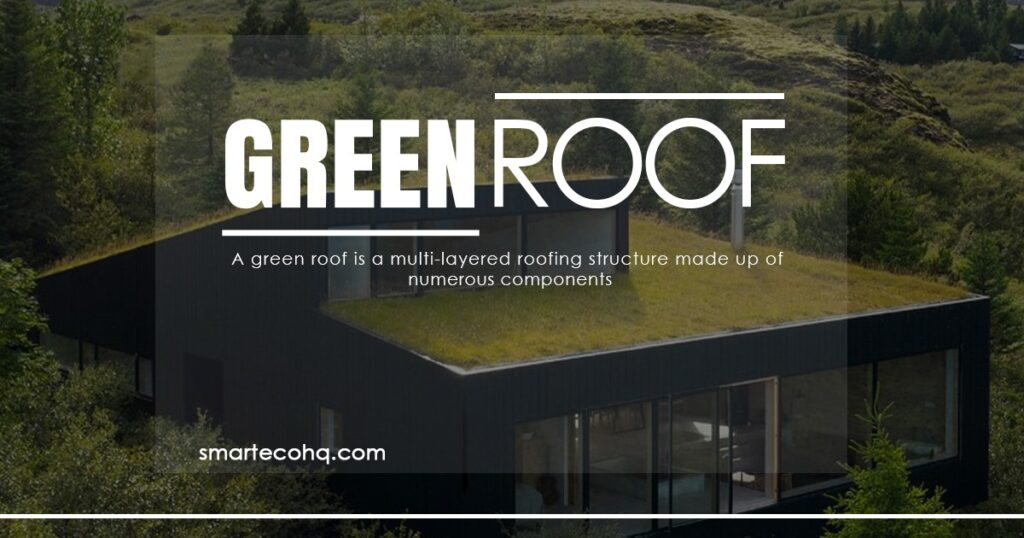
How do green roofs work?
Green roofs provide a variety of environmental and economic benefits. They function by holding rainfall, lowering the urban heat island effect, enhancing air quality, and insulating buildings. Green roofs function in the following ways:
Reducing the Urban Heat Island Effect
Green roofs contribute to the reduction of urban heat islands by reflecting sunlight & releasing water vapor into the environment, which cools the surrounding air. This is because of the high density of construction roadways and various hard surfaces.
Improving Air Quality
Green roofs purify the air by collecting Carbon dioxide, releasing oxygen, & retaining dust and particle matter, therefore improving air quality.
Providing Insulation
Green roofs insulate buildings, minimize energy consumption, & cut cooling and heating costs. Roof vegetation helps to manage the temperature of the structure by taking in and releasing heat, limiting the amount of heat penetrating during the summer, and conserving heat during the winter months.
Retaining Rainwater
Green roofs catch & filter rainfall before gently releasing it into the environment through evapotranspiration, lowering the danger of erosion and flooding.
Main components of a green roof
A green roof is made up of several parts that work together to generate a long-lasting roofing system. The following are the primary components of a green roof:
Waterproofing Membrane
The waterproofing membrane is the initial layer of the green roof & is used to keep water out of the roof structure. This membrane is often composed of plastic or rubber & is installed over the existing roof.
Root Barrier
The root barrier is a material layer that inhibits plant roots from infiltrating the waterproofing membrane. This layer, which is often constructed of plastic or metal, is placed on top of the waterproofing membrane.
Drainage Layer
The drainage layer is a material layer that allows water to freely flow through the growing medium and into the drainage system. Typically, this layer is constructed of gravel, expanded clay, or recycled plastic material.
Growing Medium
The growth medium is a layer of sand, gravel, and organic matter that sustains and permits the plants to grow. It may range from 3 to 18 inches.
Vegetation
The vegetation layer is the final layer of the green roof & is made up of various plants, grasses, and trees. The flora utilized is determined by the environment, the extent of the growing substrate, and the purpose of the green roof.
Types of Green Roofs
There are two main types of green roofs: intensive and extensive.
Intensive Green Roofs
Roof gardens and rooftop parks are other names for intensive green roofs. They are thicker and may support a broader diversity of flora, such as trees, shrubs, and larger plants. They are more expensive to install and require more maintenance. Intensive green roofs can accommodate leisure activities and may include paths, seating places, and even ponds or fountains.
Extensive Green Roofs
Extensive green roofs are lighter and generally sustain low-growing plants like sedums and grasses. They are less expensive to install and require less maintenance. Extensive green roofs are often self-sustaining, requiring little to no watering or fertilization. They are frequently employed in industrial or commercial buildings and can aid in the reduction of urban heat islands and the improvement of air quality.
Green roofs can have benefits such as lowering stormwater runoff, improving energy efficiency, and providing animal habitat, but the choice between intense and extensive will be determined by the weight-bearing capability of the building, the climate, and the desired usage.
Benefits of a green roof
There are many benefits to installing a green roof, including:
Energy savings
The vegetation atop a green roof can help to manage the temperature of the structure, reducing the demand for heating and cooling.
Stormwater Management
Green roofs can help minimize stormwater runoff, which can help prevent flooding and enhance water quality.
Improved Air Quality
Plants absorb carbon dioxide & release oxygen, which can enhance air quality and reduce the building’s carbon footprint.
Aesthetic Value
Green roofs can improve the overall look of buildings and create a natural retreat in urban settings.
Habitat Condition
Green roofs can provide a home for birds and insects, aiding in the conservation of local biodiversity.
Considerations for installing a green roof?
If you are considering installing a green roof, there are a few things to keep in mind:
Building Structure & Weight Capacity
First and foremost, you will need to ensure that your building can support the weight of the soil and vegetation. A structural engineer should be consulted to ensure that the building can handle the added weight of a green roof.
Climate & Weather Conditions
You will need to consider the climate and weather conditions in your area. The type of green roof you choose, the type of vegetation, and the irrigation system will depend on the climate in your area.
Maintenance
Both intensive and extensive green roofs require regular maintenance to ensure the long-term success of the vegetation. This may include watering, weeding, fertilizing, and pruning.
Sun & Shade Exposure
You will need to evaluate the amount of sunlight and shade your roof receives throughout the day. Some plants require more sunlight than others and choosing the right plant species will depend on the amount of sunlight exposure.
Water Availability & Drainage
Proper irrigation and drainage systems are critical for the success of a green roof. You will need to ensure that there is adequate water supply and drainage in place.
Accessibility
Consider the accessibility of the roof space and how you will access the roof for maintenance and upkeep.
Cost
Installing a green roof can be more expensive than a traditional roof. You will need to consider the cost of materials, installation, and ongoing maintenance.
By considering these factors, you can make an informed decision about whether a green roof is right for your building and how to design and maintain it for optimal environmental and economic benefits. A green roof’s objective is to improve the environment by lowering stormwater runoff, boosting air quality and enhancing urban biodiversity.

